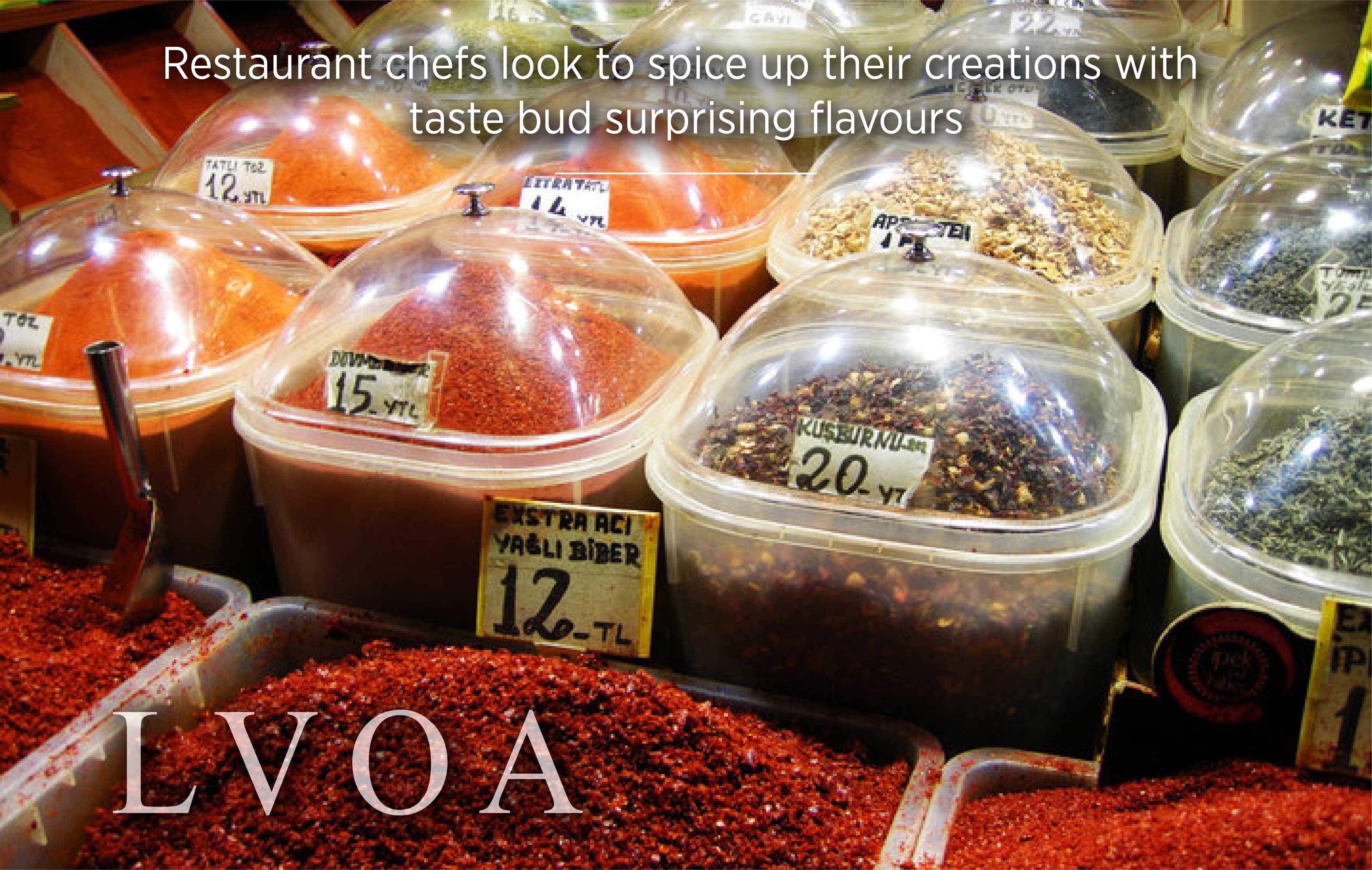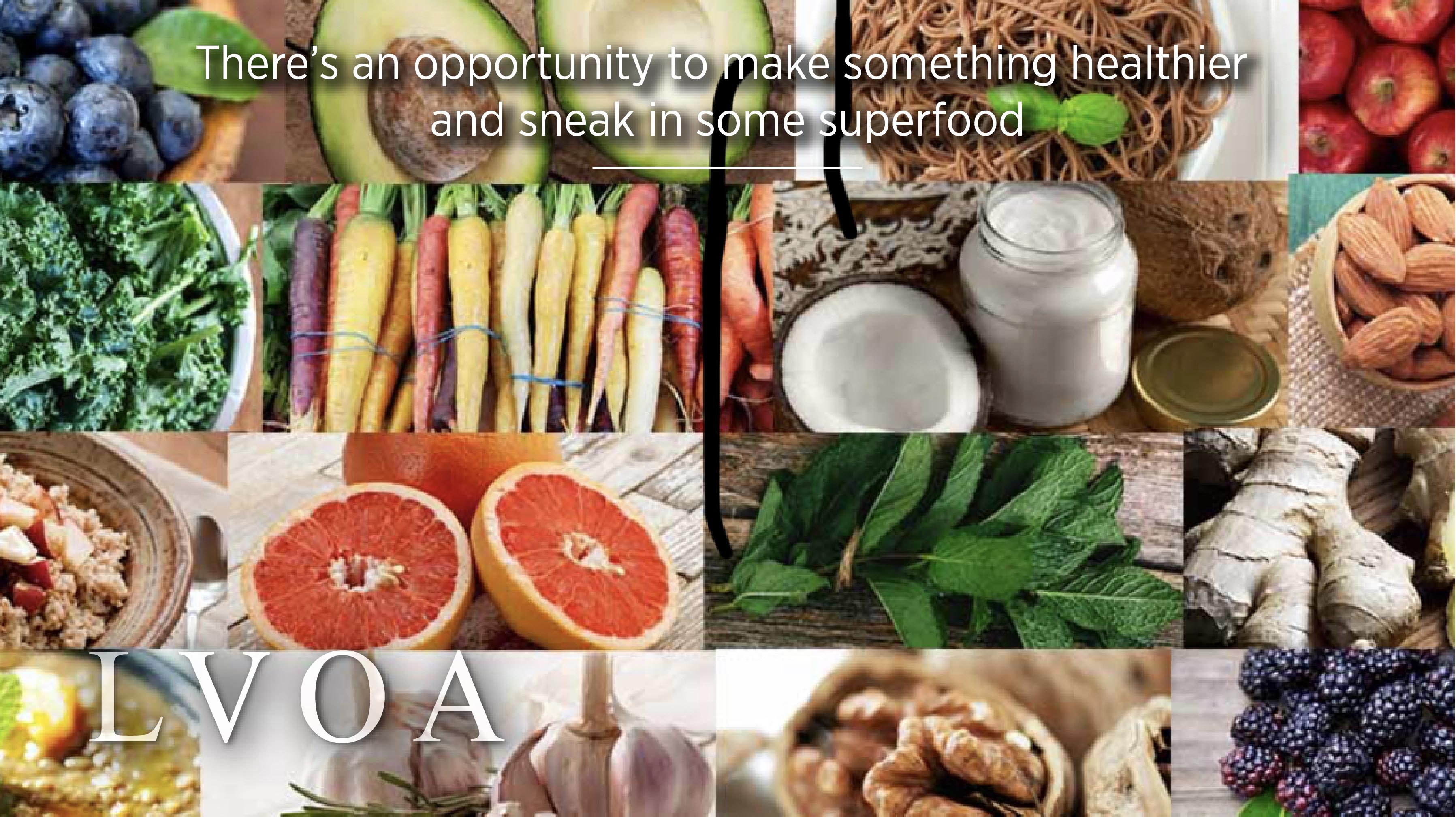With the emphasis on healthy food consumers and chefs alike are looking for something totally different and specialty-grown ingredients have caught their attention.
Literally every single food trend that has been predicted to take over in 2019 has been categorised as ‘healthy soul food.’ More chefs have started introducing micro-seasonal menus, switching up ingredients every few weeks, and ‘locavore’ is the buzzword as local ingredients take the spotlight.
Ocean greens snacks
Expect more marine munchies made from ocean green ingredients such as kelp, instead of root vegetables like potato and tapioca, turn to the ocean for snack inspiration. Market predictions are that marine ingredients will show up in more food products in 2019. Examples include seaweed butter and kelp ‘noodles’ that are made from the brown sea plant. More intriguing products include kelp jerky, a protein-rich snack that is mixed with mushrooms, and tuna produced from algae. Ingredients such as sea fennel and water lily seeds will find their way into the expanding pool of marine munchies.
Plant-based protein
‘Plant-based’ has become a key dining buzz phrase recently, but those who are health-conscious may still hunker for meaty flavours and textures, no matter how much ‘meaty’ eggplant and mushrooms are crammed into a dish. This is where plant-based protein alternatives come in but these protein flavoured products that taste of meat are not for everybody, though there is a market out there. Silicon Valley start-up Impossible Foods is making ‘meat’ from four natural ingredients: wheat protein, coconut oil, potato protein and heme. Nutrition-wise, the ‘meat’ contains more protein and iron than a typical meat patty and has zero cholesterol. In Hong Kong, ‘Omnipork’ a plant-based protein that tastes and looks like pork, was rolled out last year and is a blend of shiitake mushrooms, soy and pea proteins and rice. Los Angeles-based Beyond Meat produces meat patties that are mainly made from peas.
Home dining
Dining at home looks set to be back in vogue and ‘in’ will be the new ‘out’ when it comes to dining. Due to the surging food prices and restaurant bills more people are choosing to eat at home than visit restaurants. Cooking at home is becoming less intimidating and more hassle-free these days and home cooks can turn to a growing variety of meal kits or food parcels compiled of fresh ingredients to make a particular dish for one or two people, or come as packs of ingredients complete with recipe sheets and better quality of supermarket-packed food packages.
Pacific Rim flavours
The Pacific Rim region, made up of land spanning Oceania and Asia to the Americas that surrounds the rim of the Pacific, looks set to be the region for culinary inspirations offering a medley of cuisines from Asia-Pacific to Hawaii. Expect a delicious hodgepodge of ingredients from the fusion medley of cuisines. Think hints of French influences in a Hawaiian poke bowl or a mishmash of Vietnamese and Thai elements in a dish. Condiments can include dried shrimp, cuttlefish and shrimp paste, while aromatics and spices can range from cardamom to cinnamon, and lemongrass to cilantro and saffron. You are not surprised any longer to find fruit such as guava, dragon fruit and passion fruit in colourful smoothie bowls and cocktails.
Eco-friendly packaging
Forget plastic straws, more restaurants are switching to reusable metal straws that are more environmentally friendly. Some headway has been made last year when a growing number of brands opted to do away with plastic straws and switch to cutlery made from environmentally-friendly materials such as biodegradable corn starch and recyclable cardboard. Cutlery is also printed with soy-based inks so that they can be de-inked and recycled more easily. Other materials that can be tapped on include beeswax, waxed canvas and silicone. This eco-friendly practice looks set to grow as more brands and eateries are going straw-less and doing away with plastic sipper caps. More and more supermarkets in Asia are piloting schemes that encourage customers to bring their own shopping bags; while in Europe some supermarkets are already stocking entire aisles of shelves with products that do not have any plastic packaging or labeling whatsoever. This is the only way forward.
African spices

As more home cooks and restaurant chefs look to spice up their creations with taste bud surprising flavours, expect to see more South African, Moroccan and Ethiopian herbs and spices. Even flavour leader McCormick has got on board with the trend, releasing spice blends including ‘berbere’ and ‘harissa’ earlier this year.
Superfood for the immune system
There’s no medical evidence that a single food cures cancer, but there are hundreds of studies that show certain foods are high in vitamins, minerals, and flavonoids that help the body protect against damaged cells, cancer-causing chemicals, and tumours. From fruits and veggies to favourite seasonings, add these ingredients to your plate several times a week to lower cancer risks.
Fermented, preserved food
As food waste invades people’s consciousness, more of us will begin to think of ways to keep food around that would otherwise go bad and fermentation and other forms of preservation have been doing just that for millennia. Pickling, canning and salting will become regular hobbies for a whole new generation, and we’ll see more preserved food in restaurants as well. And don’t forget about homemade fermented foods including kombucha, sauerkraut, kimchi and pickles, which are gut-healthy and full of probiotics.
Healthier desserts
Chocolate cake is all well and good, but if there’s an opportunity to make something healthier, or to sneak some superfood into it, home cooks & pastry chefs alike are going to jump on it. Olive oil, nuts and seeds, quinoa, almond butter and goji berries, when it comes to dessert, nothing is off the table.
If you like what you just read click follow Larry Van Ooyen Associates Ltd and stay tuned for more articles from our Associates..







